Kia Telluride 2020 Owner's Manual
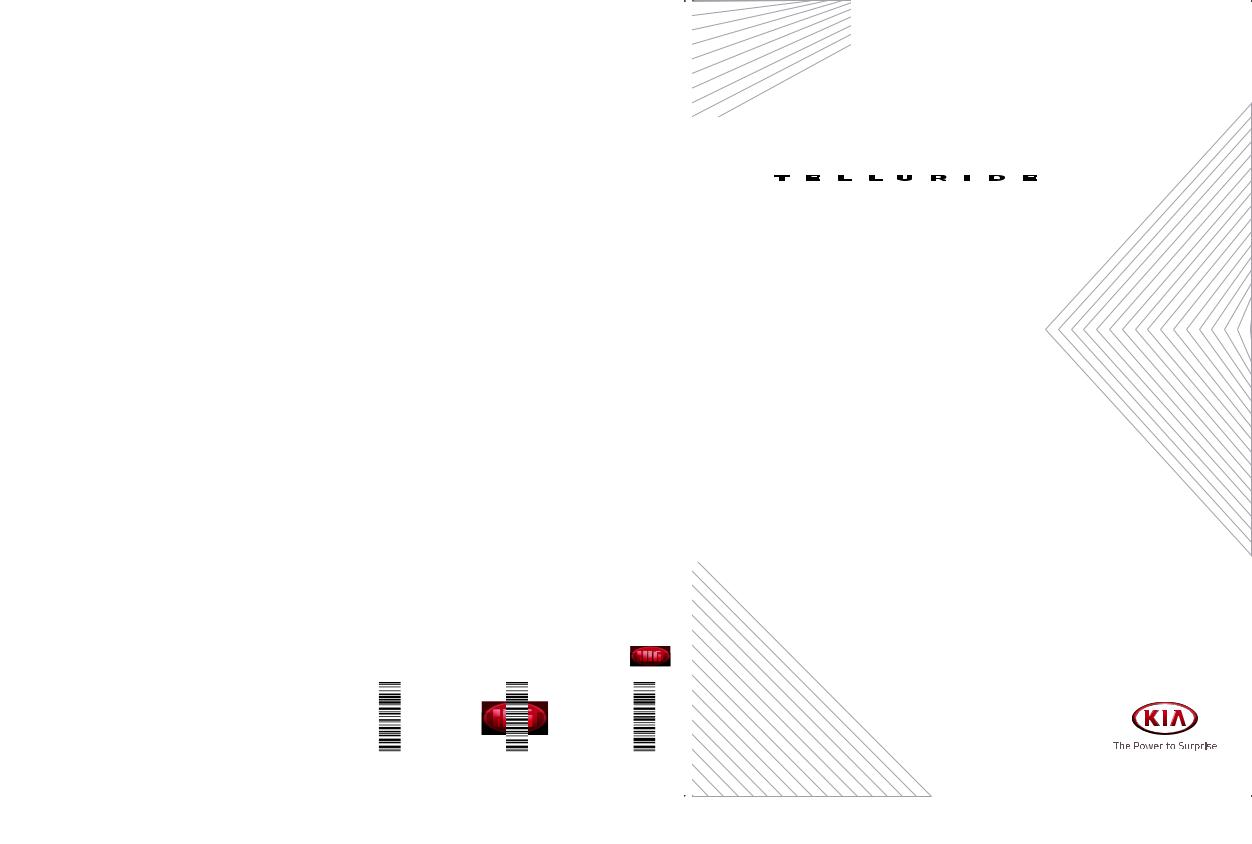
2020
Owner's Manual

 WARNING – California
WARNING – California
Proposition 65
“Operating, servicing and maintaining a passenger vehicle or off-road vehicle can expose you to chemicals including engine exhaust, carbon monoxide, phthalates, and lead, which are known to the State of California to cause cancer and birth defects or other reproductive harm. To minimize exposure, avoid breathing exhaust, do
not idle the engine except as necessary, service your vehicle in a well-ventilated area and wear gloves or wash your hands frequently when servicing your vehicle. For more information go to www.P65Warnings.ca.gov/passengervehicle.”

FOREWORD
Dear Customer,
Thank you for selecting your new Kia vehicle.
As a global car manufacturer focused on building high-quality vehicles with excep- tional value, Kia Motors is dedicated to providing you with a customer service experi- ence that exceeds your expectations.
If technical assistance is needed on your vehicle, authorized Kia dealerships can pro- vide you with factory-trained technicians, recommended special tools, and genuine
Kia replacement parts.
This Owner's Manual will acquaint you with the operation of features and equipment that are either standard or optional on this vehicle, along with the maintenance needs of this vehicle. Therefore, you may find some descriptions and illustrations not applicable to your vehicle. You are advised to read this publication carefully and follow the instructions and recommendations. Please always keep this manual in the vehicle for your, and any subsequent owner's, reference.
All information contained in this Owner's Manual was accurate at the time of publica- tion. However, as Kia continues to make improvements to its products, the company reserves the right to make changes to this manual or any of its vehicles at any time without notice and without incurring any obligations.
Please drive safely, and enjoy your Kia vehicle!
( 2019 KIA MOTORS AMERICA, Inc.
All rights reserved. May not be reproduced or translated in whole or in part without the written consent of Kia
Motors America, Inc.
Printed in U.S.A.
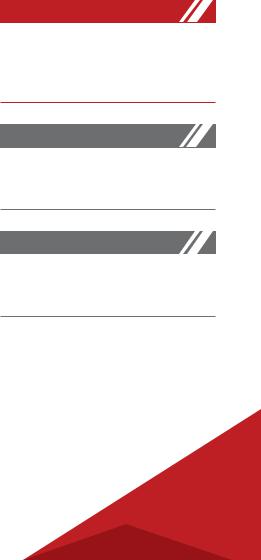
How to use this manual
We want to help you get the great- est possible driving pleasure from your vehicle. Your Owner's Manual can assist you in many ways.
We strongly recommend that you read the entire manual. In order to minimize the chance of death or injury, you must read the WARNING and CAUTION sections in the man- ual.
Illustrations complement the words in this manual to best explain how to enjoy your vehicle. By reading your manual, you learn about fea- tures, important safety information, and driving tips under various road conditions.
The general layout of the manual is provided in the Table of Contents. Use the index when looking for a specific area or subject. The index has an alphabetical listing of all information in your manual.
Chapters: This manual has nine chapters plus an index. Each chapter begins with a brief list of contents so you can tell at a glance if that chapter has the information you want.
You will find various WARNINGs, CAUTIONs, and NOTICEs in this man- ual. These were prepared to enhance your personal safety. You should carefully read and follow ALL procedures and recommendations provided in these WARNINGs, CAU- TIONs and NOTICEs.
 WARNING
WARNING
A WARNING indicates a situation in which harm, serious bodily injury or death could result if the warning is ignored.
 CAUTION
CAUTION
A CAUTION indicates a situation in which damage to your vehicle could result if the caution is ignored.
 NOTICE
NOTICE
A NOTICE indicates interesting or helpful information is being pro- vided.
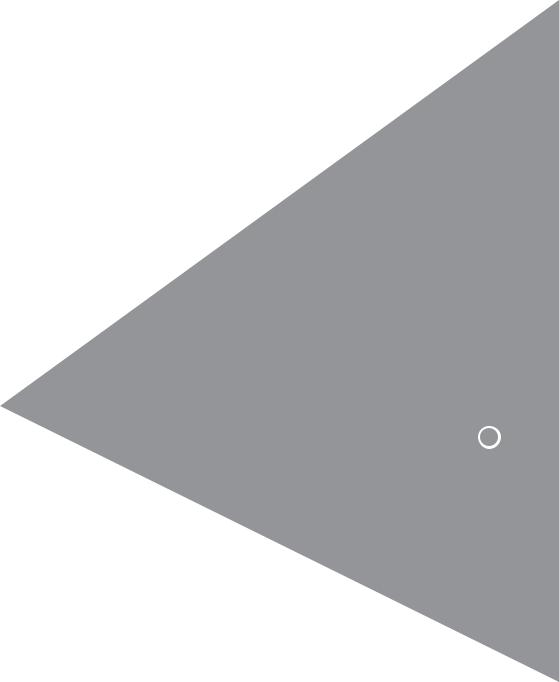
Table of Contents
Introduction 
Your vehicle at a glance 
Safety features of your vehicle 
Features of your vehicle 
Driving your vehicle 
What to do in an emergency 
Maintenance 
Specifications, Consumer information and Reporting safety defects
Abbreviation 
Index 

Introduction 1
Introduction |
|
Fuel requirements .................................................................... |
1-2 |
Vehicle break-in process ......................................................... |
1-4 |
Risk of burns when parking or stopping vehicle.................. |
1-5 |
Vehicle data collection and Event Data Recorders.............. |
1-5 |
|
|

Introduction |
Fuel requirements |
INTRODUCTION
Fuel requirements
Your new vehicle is designed to use only unleaded fuel having a pump octane number ((R+M)/2) of 87 (Research Octane Number 91) or higher. (Do not use methanol blended fuels.)
Your new vehicle is designed to obtain maximum performance with UNLEADED FUEL, as well as minimize exhaust emissions and spark plug fouling.
Never add any fuel system cleaning agents to the fuel tank other than what has been specified. (Consult an authorized Kia dealer for details.)
Tighten the cap until it clicks one time, otherwise the Check Engine  light will illuminate.
light will illuminate.
 WARNING
WARNING
Refueling
Do not "top off" after the nozzle automatically shuts off. Attempts to force more fuel into the tank can cause fuel overflow onto you and the ground causing a risk of fire.
Always check that the fuel cap is installed securely to prevent fuel spillage, especially in the event of an accident.
Gasoline containing alcohol and methanol
Gasohol, a mixture of gasoline and ethanol (also known as grain alco- hol), and gasoline or gasohol con- taining methanol (also known as wood alcohol) are being marketed along with or instead of leaded or unleaded gasoline.
Pursuant to Environmental Protec- tion Agency (EPA) regulations, etha- nol may be used in your vehicle.
Do not use gasohol containing more than 15% ethanol, and do not use gasoline or gasohol containing any methanol. Ethanol provides less energy than gasoline and it attracts water, and it is thus likely to reduce your fuel efficiency and could lower your MPG results.
Methanol may cause drivability problems and damage to the fuel system, engine control system and emission control system.
Discontinue using gasohol of any kind if drivability problems occur.
Vehicle damage or drivability prob- lems may not be covered by the manufacturer's warranty if they result from the use of:
1.Gasoline or gasohol containing methanol.
2.Leaded fuel or leaded gasohol.
3.Gasohol containing more than 15% ethanol.
12
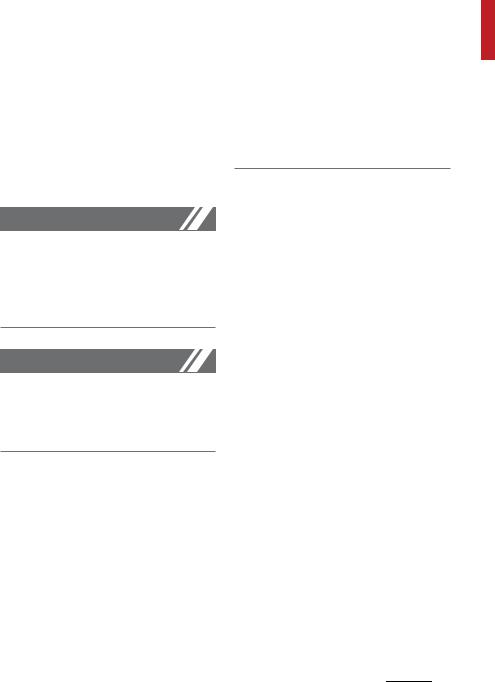
Introduction |
Fuel requirements |
"E85" fuel is an alternative fuel comprised of 85% ethanol and 15% gasoline, and is manufactured exclusively for use in Flexible Fuel Vehicles. "E85" is not compatible with your vehicle. Use of "E85" may result in poor engine performance and damage to your vehicle's engine and fuel system. Kia recommends that customers do not use fuel with an ethanol content exceeding 15%.
 NOTICE
NOTICE
Your New Vehicle Limited Warranty does not cover damage to the fuel system or any performance prob- lems caused by the use of "E85" fuel.
 NOTICE
NOTICE
Never use any fuel containing meth- anol. Discontinue use of any metha- nol containing product which may inhibit proper drivability.
Other fuels
Using fuels that contain Silicone (Si), MMT (Manganese, Mn), Ferrocene (Fe), and Other metalic additives, may cause vehicle and engine dam- age or cause misfiring, poor acceler- ation, engine stalling, catalyst melting, clogging, abnormal corro- sion, life cycle reduction, etc.
Also, the Malfunction Indicator Lamp (MIL) may illuminate.
|
1 |
|
NOTICE |
||
|
||
|
|
Damage to the fuel system or per- formance problem caused by the use of these fuels may not be cov- ered by your New Vehicle Limited Warranty.
Gasoline containing MMT
Some gasoline contains harmful manganesebased fuel additives Such as MMT (Methylcyclopentadi- eny l Manganese Tricarbonyl). Kia does not recommend the use of gasoline containing MMT. This type of fuel can reduce vehicle perfor- mance and affect your emission control system. The Malfunction Indicator Lamp (MIL) on the cluster may come on.
Do not use methanol
Fuels containing methanol (wood alcohol) should not be used in your vehicle. This type of fuel can reduce vehicle performance and damage components of the fuel system, engine control system and emission control system.
13

Introduction |
Vehicle break-in process |
Fuel Additives
Kia recommends that you use good quality gasolines treated with detergent additives such as TOP TIER Detergent Gasoline, which help prevent deposit formation in the engine. These gasolines will help the engine run cleaner and enhance performance of the emission control system.
For more information on TOP TIER Detergent Gasoline, please go to the website (www.toptiergas.com) For customers who do not use TOP TIER Detergent Gasoline regularly, and have problems starting or the engine does not run smoothly, addi- tives that you can buy separately may be added to the gasoline.
If TOP TIER Detergent Gasoline is not available, one bottle of additive should be added to the fuel tank at every 7,500 miles (12,000 km) or every engine oil change is recom- mended. Additives are available from your authorized Kia dealer along with information on how to use them. Do not mix other addi- tives.
Operation in foreign countries
If you are going to drive your vehicle in another country, be sure to:
Observe all regulations regarding registration and insurance.
Determine that acceptable fuel is available.
Vehicle break-in process
No special break-in period is needed. By following a few simple precau- tions for the first 600 miles (1,000 km) you may add to the perfor- mance, economy and life of your vehicle.
Do not race the engine.
While driving, keep your engine speed (rpm, or revolutions per minute) between 2,000 rpm and 4,000 rpm.
Do not maintain a single speed for long periods of time, either fast or slow. Varying engine speed is needed to properly break-in the engine.
Avoid hard stops, except in emer- gencies, to allow the brakes to seat properly.
Don't tow a trailer during the first 1,200 miles (2,000 km) of opera- tion.
14

Introduction |
Risk of burns when parking or stopping vehicle |
Risk of burns when parking or stopping vehicle
Do not park or stop the vehicle near flammable items such as leaves, paper, oil, and tire. Such items placed near the exhaust system can become a fire hazard.
When an engine idles at a high rpm with the rear side of the vehicle in close proximity of the wall, heat of the exhaust gas can cause discoloration or fire. Keep enough space between the rear part of the vehicle and the wall.
Be sure not to touch the exhaust/ catalytic systems while the engine is running or right after the engine is turned off. There is a risk of burns since the systems are extremely hot.
Vehicle data collection and Event
Data Recorders
This vehicle is equipped with an |
1 |
Event Data Recorder (EDR). The main purpose of an EDR is to record, in certain crash or near crash-like situations, such as an air bag deployment or hitting a road obsta- cle, data that will assist in under- standing how a vehicle's systems performed. The EDR is designed to record data related to vehicle dynamics and safety systems for a short period of time, typically 30 seconds or less. The EDR in this vehicle is designed to record such data as:
How various systems in your vehicle were operating;
Whether or not the driver and passenger safety belts were buckled/ fastened;
How far (if at all) the driver was depressing the accelerator and/or brake pedal; and,
How fast the vehicle was travel- ing.
These data can help provide a bet- ter understanding of the circum- stances in which crashes and injuries occur. NOTE: EDR data are recorded by your vehicle only if a non-trivial crash situation occurs; no data are recorded by the EDR under normal driving conditions and no personal data (e.g., name, gen-
15

Introduction |
Vehicle data collection and Event Data Recorders |
der, age, and crash location) are recorded. However, other parties, such as law enforcement, could combine the EDR data with the type of personally identifying data rou- tinely acquired during a crash inves- tigation.
To read data recorded by an EDR, special equipment is required, and access to the vehicle or the EDR is needed. In addition to the vehicle manufacturer, other parties, such as law enforcement, that have the special equipment, can read the information if they have access to the vehicle or the EDR.
16

Your vehicle at a glance 2
Your vehicle at a glance |
|
Exterior overview...................................................................... |
2-2 |
Interior overview....................................................................... |
2-5 |
Instrument panel overview..................................................... |
2-7 |
Engine compartment............................................................... |
2-9 |
|
|

Your vehicle at a glance |
Exterior overview |
YOUR VEHICLE AT A GLANCE
Exterior overview
Front view
OON018001L |
|
* The actual shape may differ from the illustration. |
|
1.Hood |
4-40 |
2.Head lamp (Features of your vehicle) |
4-109 |
Head lamp (Maintenance) |
7-62 |
3.Front fog lamp (Features of your vehicle) |
4-113 |
Front fog lamp (Maintenance) |
7-64 |
4.Wheel and tire (Maintenance) |
7-32 |
Wheel and tire (Specification) |
8-5 |
5.Outside rearview mirror |
4-61 |
6.Dual Sunroof |
4-46 |
22

Your vehicle at a glance Exterior overview
7.Front windshield wiper blades (Features of your vehicle) |
4-118 |
Front windshield wiper blades (Maintenance) |
7-27 |
8.Windows |
4-36 |
9.Parking distance warning system |
4-101 |
2
23

Your vehicle at a glance |
Exterior overview |
Rear view
OON018002L |
|
* The actual shape may differ from the illustration. |
|
1.Door locks |
4-15 |
2.Fuel filler lid |
4-42 |
3.Rear combination lamp (Maintenance) |
7-65, 7-65 |
4.High Mounted Stop Lamp (Maintenance) |
7-66 |
5.Rear window wiper blade |
4-119, 7-28 |
6.Liftgate |
4-23, 4-26 |
7.Antenna |
4-171 |
8.Liftgate open switch |
4-23, 4-27 |
9.Rear view monitor |
4-106 |
10.Parking distance warning system (reverse) |
4-98, 4-101 |
24
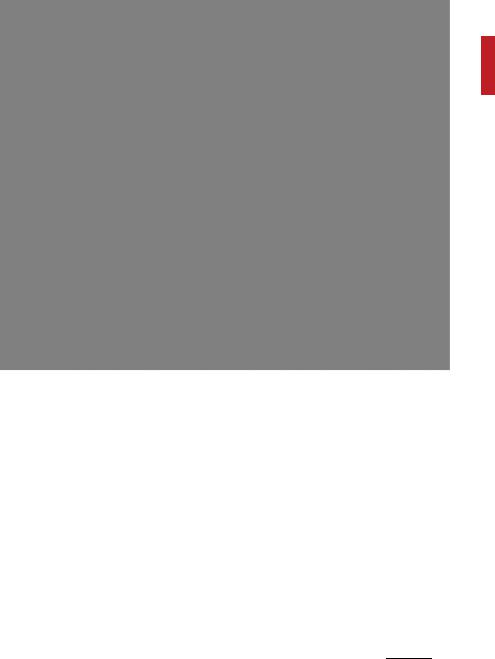
Your vehicle at a glance |
Interior overview |
Interior overview
2
OON018005NR |
|
* The actual shape may differ from the illustration. |
|
1.Inside door handle |
4-16 |
2.Driver position memory button |
3-12 |
3.Outside rearview mirror folding |
4-62 |
4.Outside rearview mirror selection |
4-61 |
5.Outside rearview mirror control |
4-61 |
6.Central Door lock/unlock switch |
4-17 |
7.Power window switch |
4-38 |
8.Power window lock switch |
4-39 |
Electronic Child Safety Lock switch |
4-19 |
9.Instrument panel illumination control switch |
4-65 |
10.BCW/BCA On/Off button |
5-112 |
11.LKA system On/Off button |
5-101 |
12.ESC Off button |
5-38 |
25

Your vehicle at a glance Interior overview
13.Liftgate open/close button |
4-27, 4-28 |
14.Steering wheel |
4-51 |
15.Tilt and telescopic steering control lever |
4-53 |
16.Brake pedal |
5-26 |
17.Hood release lever |
4-40 |
18.Inner fuse panel |
7-47 |
19.Seat |
3-5 |
26
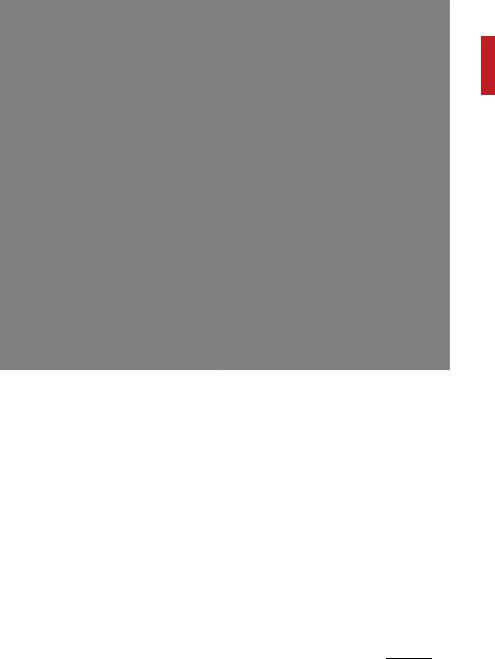
Your vehicle at a glance |
Instrument panel overview |
Instrument panel overview
2
OON018006NR |
|
* The actual shape may differ from the illustration. |
|
1.Driver's front air bag |
3-65 |
2.Horn |
4-54 |
3.Instrument cluster |
4-64 |
4.Wiper and washer control lever |
4-116 |
5.ENGINE START/STOP button |
5-9 |
6.Smart Cruise Control with Stop & Go |
5-72 |
7.Hazard warning flasher |
6-3 |
8.Climate control system |
4-129, 4-138 |
9.Shift lever |
5-13 |
10.Front seat warmer switch |
4-157 |
11.Front seat air ventilation switch |
4-158 |
12.Power outlet |
4-160 |
13.USB port |
4-172 |
27

Your vehicle at a glance Instrument panel overview
14.USB charger |
4-161 |
15.AWD mode dial |
5-19 |
Drive mode dial |
5-49, 5-53 |
16.AUTO HOLD button |
5-33 |
17.EPB switch |
5-28 |
18.Parking distance warning system On/Off button |
4-102 |
19.Surround View Monitoring system On/Off button |
4-107 |
20.ISG system Off button |
5-45 |
21.AC inverter |
4-163 |
22.Center console storage box |
4-154 |
23.Cup holder |
4-156 |
24.Glove box |
4-154 |
25.Passenger's front air bag |
3-65 |
26.Lighting control lever |
4-110 |
28
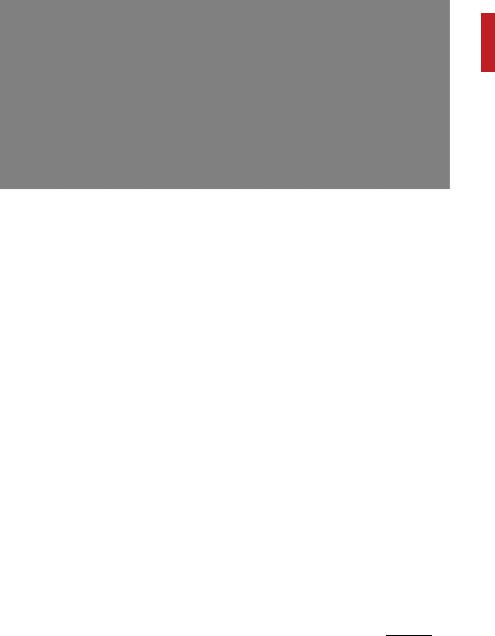
Your vehicle at a glance |
Engine compartment |
Engine compartment
Gasoline Engine (Lambda II 3.8L - GDI))
2
OON078001L |
|
* The actual engine cover in the vehicle may differ from the illustration. |
|
1.Engine coolant reservoir |
7-18 |
2.Engine oil filler cap |
7-16 |
3.Brake fluid reservoir |
7-20 |
4.Air cleaner |
7-23 |
5.Fuse box |
7-48 |
6.Negative battery terminal |
6-7, 7-29 |
7.Positive battery terminal |
6-7, 7-29 |
8.Engine oil dipstick |
7-16 |
9.Radiator cap |
6-8, 7-18 |
10.Windshield washer fluid reservoir |
7-21 |
29

Safety features of your vehicle 3
Safety features of your vehicle |
|
Important safety precautions................................................ |
3-3 |
Seat............................................................................................. |
3-5 |
Feature of Seat Leather........................................................ |
3-9 |
Front seat adjustment for manual seat ............................ |
3-9 |
Front seat adjustment for power seat ............................ |
3-10 |
Driver position memory system for power seat............ |
3-12 |
Headrest for front seat....................................................... |
3-15 |
Seatback pocket (if equipped) ........................................... |
3-18 |
Seatback hook....................................................................... |
3-18 |
Headrest for rear seat ........................................................ |
3-19 |
Armrest.................................................................................. |
3-21 |
Folding the rear seat............................................................ |
3-21 |
Seat belts................................................................................. |
3-27 |
Seat belt restraint system................................................. |
3-27 |
Driver's seat belt warning................................................... |
3-28 |
Front passenger's seat belt warning................................ |
3-29 |
Seat belt - Driver's 3-point system with emergency |
|
locking retractor................................................................... |
3-30 |
Seat belts - Front passenger and rear seat 3-point |
|
system with combination locking retractor..................... |
3-31 |
Rear center seat belt (3rd row)......................................... |
3-35 |
Pre-tensioner seat belt....................................................... |
3-37 |
Seat belt precautions........................................................... |
3-39 |
Care of seat belts................................................................. |
3-41 |
Child Restraint System (CRS)............................................... |
3-42 |
Children always in the rear................................................. |
3-42 |
Selecting a CRS ..................................................................... |
3-44 |
Installing a CRS...................................................................... |
3-46 |
|
|

3 Safety features of your vehicle
.......Air bag - advanced Supplemental Restraint System |
3-53 |
How does the air bag system operate? ........................... |
3-54 |
Do not install a child restraint on the front passenger's |
|
seat ......................................................................................... |
3-55 |
Air bag warning light............................................................ |
3-56 |
Supplemental Restraint System (SRS) components and |
|
functions ................................................................................ |
3-56 |
Occupant Detection System (ODS).................................... |
3-59 |
Driver's and passenger's front air bag.............................. |
3-65 |
Side air bag............................................................................ |
3-68 |
Curtain air bag....................................................................... |
3-69 |
Air bag collision sensors...................................................... |
3-71 |
Why didn't my air bag go off in a collision? |
|
(Inflation and non-inflation conditions of the air bag)... |
3-72 |
Supplemental Restraint System (SRS) care .................... |
3-75 |
Adding equipment to or modifying your air bag- |
|
equipped vehicle.................................................................... |
3-76 |
Air bag warning label ........................................................... |
3-76 |
|
|

Safety features of your vehicle |
Important safety precautions |
SAFETY FEATURES OF YOUR VEHICLE
For the safety of the driver and vehicle passengers, you should become familiar with the vehicle's safety features.
Important safety precautions
You will find many safety precau- tions and recommendations throughout this section, and throughout this manual.
The safety precautions in this sec- tion are among the most important.
Always wear your seat belt
A seat belt is your best protection in all types of accidents. Air bags are designed to supplement seat belts, not replace them. So even though your vehicle is equipped with air bags, ALWAYS make sure you and your passengers wear your seat belts, and wear them properly.
Restrain all children
All children under age 13 should ride in your vehicle properly restrained in a rear seat, not the front seat.
Infants and small children should be restrained in an appropriate child restraint. Larger children should use a booster seat with the lap/shoulder belt until they can use the seat belt properly without a booster seat.
Air bag hazards |
|
While air bags can save lives, they |
|
can also cause serious or fatal inju- |
|
ries to occupants who sit too close |
|
to them, or who are not properly |
|
restrained. Infants, young children, |
|
and shorter adults are at the great- |
|
est risk of being injured by an inflat- |
|
ing air bag. Follow all instructions |
|
and warnings in this manual. |
3 |
Driver distraction
Driver distraction presents a serious and potentially deadly danger, espe- cially for inexperienced drivers.
Safety should be the first concern when behind the wheel and drivers need to be aware of the wide array of potential distractions, such as drowsiness, reaching for objects, eating, personal grooming, other passengers, and using cellular phones.
Drivers can become distracted when they take their eyes and attention off the road or their hands off the wheel to focus on activities other than driving. To reduce your risk of distraction or getting into an acci- dent:
ALWAYS set up your mobile devices (i.e., MP3 players, phones, navigation units, etc.) when your vehicle is parked or safely stopped.
33

Safety features of your vehicle
ONLY use your mobile device when allowed by laws and when conditions permit safe use. NEVER text or email while driving. Most states have laws prohibiting drivers from texting. Some states and cities also prohibit drivers from using handheld phones.
NEVER let the use of a mobile device distract you from driving. You have a responsibility to your passengers and others on the road to always drive safely, with your hands on the wheel as well as your eyes and attention on the road.
Control your speed
Excessive speed is a major factor in crash injuries and deaths. Generally, the higher the speed, the greater the risk, but serious injuries can also occur at lower speeds. Never drive faster than is safe for current con- ditions, regardless of the maximum speed posted.
Keep your vehicle in safe condition
Having a tire blowout or a mechani- cal failure can be extremely hazard- ous. To reduce the possibility of such problems, check your tire pres- sures and condition frequently, and perform all regularly scheduled maintenance.
Important safety precautions
34
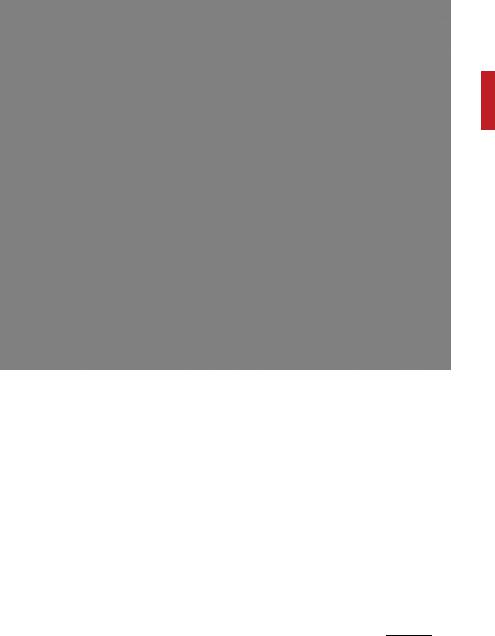
Safety features of your vehicle |
Seat |
Seat
8 Seats
3
|
OON038038NR |
Front seat |
11.Headrest |
1.Forward and backward |
12.Walk-in strap for emergency |
2.Seatback angle |
3rd row seat |
|
3.Seat cushion height* |
||
13.Seatback angle strap |
||
4.Lumbar support (Driver's seat)* |
||
14.2nd row seat remote folding |
||
5.Cushion extension (Driver's seat)* |
||
button |
||
6.Driver position memory system* |
||
15.Headrest |
||
7.Headrest |
||
*: if equipped |
||
2nd row seat |
||
|
||
8.Forward and backward |
|
|
9.Walk-in switch |
|
|
10.Seatback angle |
|
35

Safety features of your vehicle |
Seat |
7 Seats
OON038039NR |
|
Front seat |
3rd row seat |
1.Forward and backward |
13.Seatback angle strap |
2.Seatback angle |
14.2nd row seat remote folding |
3.Seat cushion height* |
button |
4.Lumbar support (Driver's seat)* |
15.Headrest |
5.Cushion extension (Driver's seat)* |
* : if equipped |
6.Driver position memory system* |
|
7.Headrest
2nd row seat
8.Forward and backward
9.Walk-in switch 10.Seatback angle 11.Headrest
12.Walk-in strap for emergency
36
